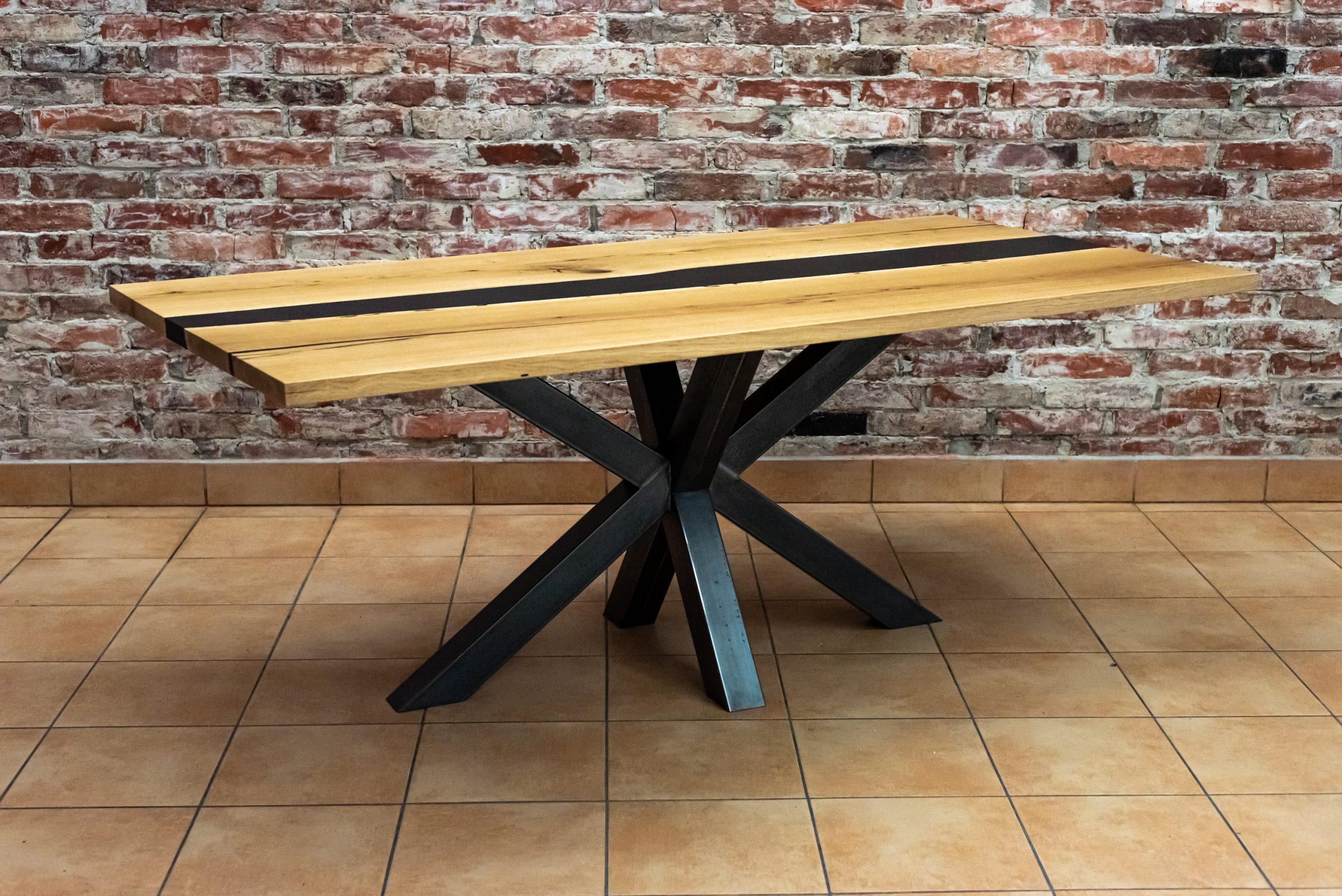Epoxy Resin Information: Types, Uses & Purposes
페이지 정보
작성자 Penney 작성일 25-01-01 21:14 조회 2 댓글 0본문
Epoxy is a particular kind of synthetic resin recognized for its glorious mechanical properties, strong adhesive qualities, and chemical resistance. It consists of two major components: the resin itself and a hardener or curing agent. When these two parts are blended, a chemical reaction happens, leading to a hard, durable material. Hand Polishing: You may polish the resin floor by hand utilizing a microfiber cloth and the sharpening compound. Apply a small amount of the compound to the cloth and rub it in circular motions on the floor. Use agency pressure while transferring the cloth to polish the resin piece. Pay specific consideration to any seen scratches and apply extra stress to those areas. Machine Polishing: You probably have a big resin surface to shine, you need to use a machine polisher. Use a soft pad and apply the polishing compound to the pad. Then, move the polisher in circular motions over the surface.
Consider the shape and dimension of your desk, in addition to any extra parts like wooden or pigments. If making a river desk, determine on the form and position of the 'river'. For a clear epoxy table, consider if you will be adding objects or pigments. What's the process for mixing and pouring epoxy resin for a table? They are standard in industrial settings on account of their resistance to chemicals and wear. Polyurethane Coatings: These are sometimes used on wood and metallic surfaces for their sturdiness and adaptability. They're also used in automotive finishes and exterior purposes. Epoxy Adhesives: Identified for his or her robust bonding capabilities, epoxy adhesives are used in development, automotive repairs, and electronics. Polyurethane Adhesives: These adhesives are prized for their flexibility and durability, making them splendid for woodworking, footwear, and packaging industries.
From vibrant blues and greens to subtle earth tones, you can create any shade you need. To use, combine the pigment into your resin earlier than pouring. You can add these components to your resin to create distinctive visible textures and patterns. Now that you've got added your pigments and results, it's time to let your epoxy resin table cure. One thing that will interest those that plan to promote their work. In brief, a video that shows you the way to use reusable Resin Art Studio Zürich molds and save your self from having to make one every time you pour. No wood or carpentry skills wanted. This is a 100% resin undertaking. Luxinda (awesome identify) will show you the best way to work with resin and a silicone mold. It’s quite simple, although you might want to get your arms on the suitable tools. In case you are filling a bigger space, like making a resin tabletop, we recommend pouring your resin in levels, permitting each layer to set slightly whilst you take away bubbles before pouring the following one. Continue this course of till the area has been filled to your satisfaction, and don’t overlook that you would be able to move any color swirls around for a picket stick to govern the "flow" of your resin table whereas it cures. At all times allow for the manufacturer’s advisable time period when ready in your resin to cure.

- 이전글 Trying To start out With Resin Artwork?
- 다음글 The 3 Greatest Moments In Best Double Stroller History
댓글목록 0
등록된 댓글이 없습니다.

